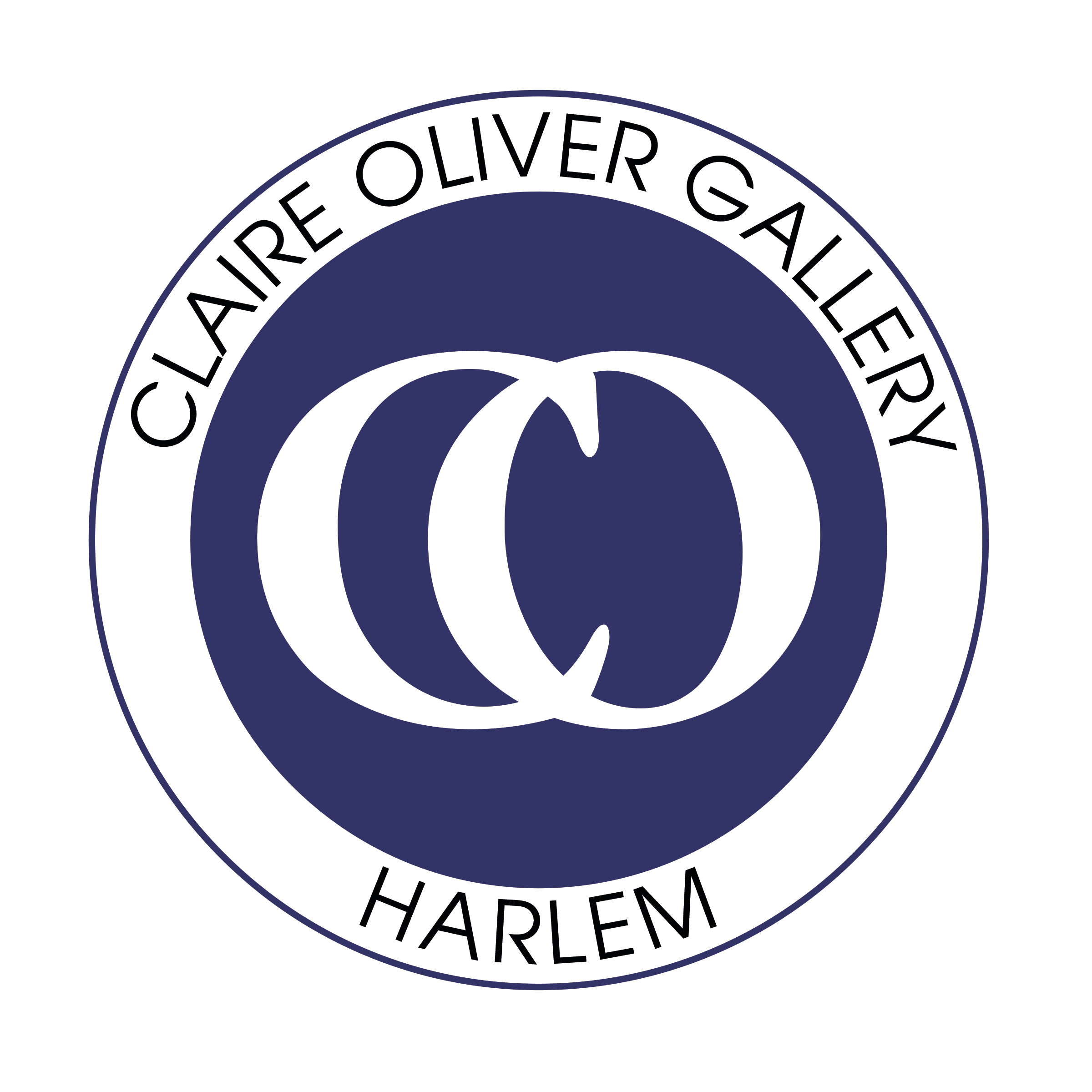Gentrification is a term often associated with evil entrepreneurs, greedy landlords, and cultural suppression. On the flip side, however, upgraded neighbourhoods offer increased safety, higher quality services, and lower crime rates. Photographer Jeffrey Henson Scales’ latest exhibition, House Barber Shop, on display at the Claire Oliver Gallery in Harlem through September 20, explores the transformation the neighborhood experienced in the 1980s to 1990s.
As a resident of Harlem since 1985, Scales witnessed firsthand the changes that took place in the neighbourhood. While photographing his town, he recognised the delicate balance between community and security, as the composition of Harlem took on a new form. A cultural cornerstone of the neighborhood, this series focuses on one particular barber shop that served as an important gathering space for men in the community.
Hi Jeffrey, thank you for taking the time to talk with us. I understand you started photography from a very young age, how did you develop this talent?
My mother was an artist who would take me to her San Francisco Art Institute and UC Berkeley graduate school art classes when I was in elementary school, and my father, who was an amateur photographer and camera collector. We always had a full darkroom and he gave me a Leica camera and thirty years of Life magazines when I was about eleven.
Given that you were taking photographs since childhood, were you always sure you wanted to be a photographer professionally?
While I had my photographs featured in a variety of publications including Time magazine beginning at age thirteen, immediately after high school I was hired by PBS to be trained to be a television producer/director. So, I directed for the local PBS station in San Francisco for a couple of years in the early 1970s, following which I tried to get work in television in Hollywood. However, due to the prevailing racial segregation in that industry at that time, I couldn’t even get interviews, so I turned back to photography as a creative outlet and eventually a profession.
During that same time I found work as a tour manager and toured with many major rock and pop acts for about five years. I was also making photographs throughout all of these years. I think I was the only tour manager who also carried a Hasselblad in his briefcase. The main artist I worked for and toured with was Minnie Riperton.
How has your relationship with the medium changed through time?
As I moved into creating album covers and movie posters, the scale of production grew to be quite large for those types of jobs. As for my personal documentary work, it has always been part of my practice. Being mentored by a number of great artists fortified that. Also, branching into photo editing and accepting a staff photographer position when, along with a delightful team of art directors, writers, and editors, we founded the LA Weekly newspaper in 1978.
Then, in the late 1990s, as the album cover industry was shrinking, I was again invited to be a photography editor, but this time, at The New York Times, where I’ve been an editor for the last twenty-six years. In this capacity, I created and curated the Exposures, a photographic op-ed column that ran in the Opinion section from 2011 through 2023, as well as editing the annual Years in Pictures special section for the last fifteen or sixteen years.


